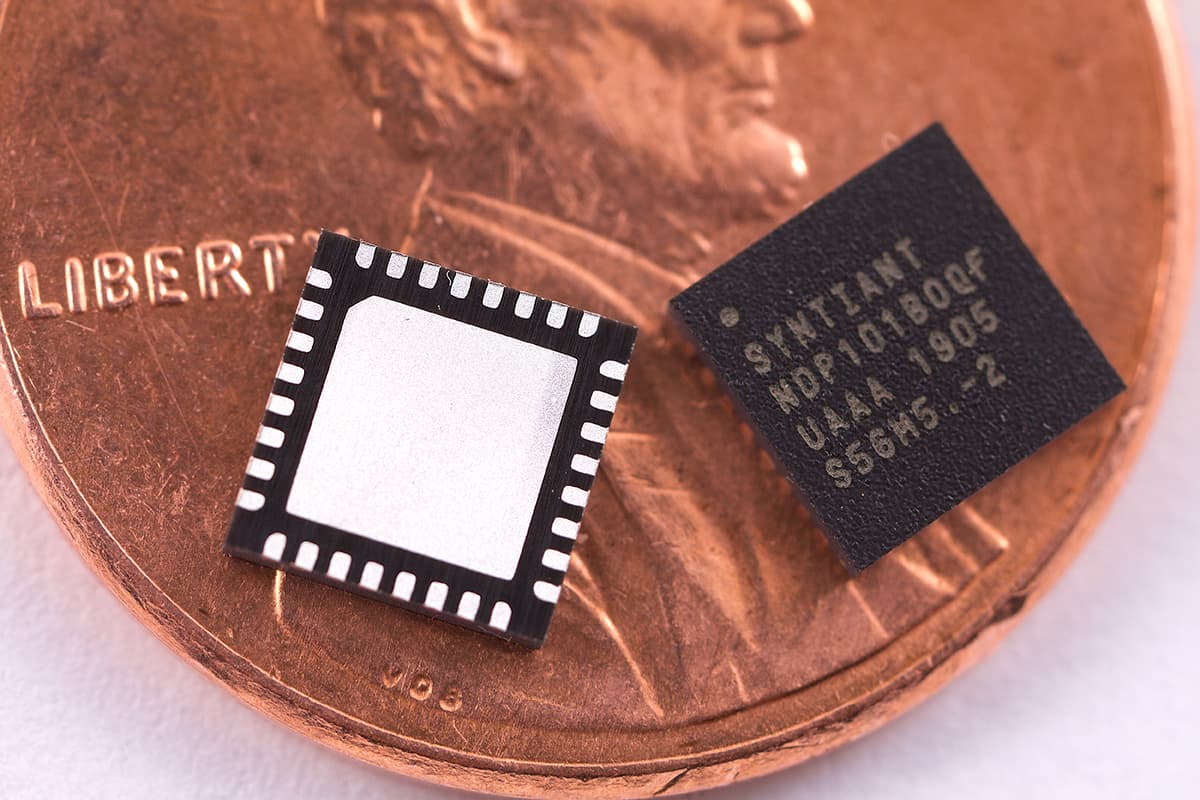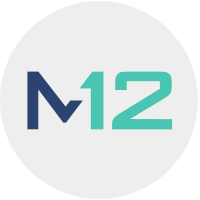I’d like to congratulate Syntiant on raising a successful Series C round, and on surpassing the major milestone of 1 million units shipped. At M12, we’re incredibly proud to support the growth stage of this AI chip company, and to see their customer production volumes ramping.
In the words of Professor Andrew Ng, “AI is the new electricity.” The increasing ubiquity of AI has powered breakthrough performance in speech recognition, computer vision, and natural language processing tasks that we experience daily on our personal devices. Developing products and services that leverage AI requires a wide range of trade-offs and architectural decisions, including a consideration of a device’s power and processing budget. These constraints, along with user experience considerations, heavily influence whether AI models need to run in the cloud or directly on a device at the edge.
For example, OpenAI’s massive GPT-3 model with 175 billion parameters, requires the full compute capability of the cloud to run. On the other extreme are the nearly half a trillion edge devices — like all kinds of wearables, smart speakers, and phones — most with limited power and unreliable or nonexistent internet connectivity.
The prevalence of these edge devices makes the power and connectivity challenge ripe for disruption through the creation of an ambient fabric of intelligent things. Infusing this “tiny edge” with on-device AI processing requires a sophisticated combination of hardware and software co-design — especially for “always on” and quality user experiences in battery-powered scenarios.
The explosion of edge devices and growing need for AI at the edge is why we first invested in Syntiant during their Series B round in 2018. Today, we are even more excited to co-lead their Series C round.

Syntiant’s NDP (Neural Decision Processor) in comparison with a penny.
Syntiant’s NDP (Neural Decision Processor) is a tiny fraction of the size of a penny. While running, it sips power in the same range as a AAA battery sitting idle in a drawer, running out its shelf life. With this tiny power budget of just a few microwatts, the NDP runs low latency AI inference for neural networks with over a half million parameters. And this is just the first generation, with an exciting roadmap ahead. In use cases like always-on voice commands that prompt our phones, smart speakers, and all kinds of wearables, the NDP101 achieves power performance two orders of magnitude better than the nearest alternatives available for the same user experience.
This performance is enabled by architectural innovations for near-memory computing, exploiting the inherent parallelism in neural networks, and modest precision computation (eight bits or less). However, the performance capabilities would be for naught if the NDP was difficult to program or to load trained AI models onto. But from the very beginning, Syntiant’s software philosophy has been to stick to standard deep learning software frameworks and optimization techniques with minimal added custom tooling. This has paid off by minimizing the complexity customers have to manage, and fast tracks their productivity benefit,. This is a perfect example of Syntiant’s commitment to customer-centricity.
“The grit and tenacity of the whole team both before and during the constraints of COVID is what made this possible.”
From the very first time we met Kurt Busch and the Syntiant leadership team, the expertise of the seasoned semiconductor industry veterans was clear. The four founders have a combined experience of 110 years designing, building, and shipping silicon. The organization they have built has also honed their embedded software and machine learning knowledge — including supporting customers less experienced with standing up their own data pipelines to build AI models. But R&D prowess alone does not guarantee commercial success. Achieving the milestone of shipping a million products to a commercial customer also requires a maniacal focus on meeting customer requirements. The grit and tenacity of the whole team — including product management, operations, sales, and customer success — both before and during the constraints of COVID is what made this possible.
Passing 1M commercial units shipped is a major milestone for any semiconductor company, but it is just the beginning for Syntiant. I’m excited to see the bevy of products that Syntiant’s customers will bring to the market over the next couple of years, powered by Syntiant’s technology. I’m thrilled to witness the pursuit of the company’s roadmap for its next generation of offerings. Together with Series C co-lead Applied Ventures, new investor Atlantic Bridge, as well as existing investors Intel Capital and Bosch, we look forward to supporting Syntiant on the exciting journey ahead. Congratulations to Kurt Busch and his entire team!
For more M12 news, follow us on Twitter.

